Most people would likely underestimate just how common disabilities are.
The CDC reports that 26 percent of adults in the United States have a disability of some kind, with about half of those being mobility-related and serious in severity.
With approximately one in every eight adults in the US experiencing mobility issues, the need for more accessible, convenient, stylish options for clothes and footwear is obvious. Yet the options available in the fashion world have been severely lackluster or altogether lacking for decades.
Thankfully, modern technologies, innovative designs, and more widespread awareness are leading to change.
Here at Kizik, we’re hard at work creating accessible, versatile, convenient styles that make everyday life easier for everyone, regardless of circumstances. Today, our guide focuses on those with mobility issues and how adaptive footwear can help ease some of the burdens those issues pose.
Let’s get started:
What are the most common mobility issues?
Before we jump straight into talking about footwear, we want to give an overview of the kinds of mobility issues shoes are most likely to help.
There’s a huge array of disabilities, injuries, diseases, and more that can cause difficulties when it comes to moving around. From a short-term ankle sprain to an amputated limb or muscular dystrophy, the causes and effects can vary widely.
Many mobility issues require the use of canes, walkers, or wheelchairs, which can pose even more challenges in getting around quickly and conveniently.
Below are just a few of the many conditions that can lead to mobility issues which adaptive footwear can help with:
- Arthritis
- Cerebral Palsy
- Motor Neurone Disease (MND)
- Multiple Sclerosis
- Muscular Dystrophy
- Balance problems
- Plantar fasciitis
- Parkinson’s Disease
- Bunions, blisters, and similar foot problems
- Spinal Cord Injury (SCI)
- Type I or type II diabetes can cause foot pain and other foot issues
While it makes sense to think of lower body impairments when discussing mobility issues in the context of shoes, we have to remember that upper body impairments can be just as relevant.
These impairments can make it difficult or impossible to put on or take off certain shoes. They can also limit a person’s ability to balance and support themselves (which is why slip prevention is critical, as we’ll discuss later on in this piece).
In general, any mobility impairment can make the seemingly trivial tasks most people face, such as putting on shoes, difficult. Accessible fashion makes these tasks as easy as possible, so everyone can enjoy an active, independent life.
Adaptive footwear: comfortable shoes for those with mobility issues
Enter adaptive footwear. Though it grows more popular every year, adaptive footwear has had a slow come-up and still isn’t known to everyone.
Essentially adaptive footwear, along with adaptive clothing, is designed to be accessible specifically for disabled people, with special attention to safety and convenience features.
Traditional adaptive footwear may look like slippers with velcro straps or slip-on athletic shoes with zippers, but new technologies are expanding what can be considered accessible.
What makes adaptive footwear different from other shoes?
Adaptive footwear is specifically focused on providing convenience for disabled people who might struggle to use standard shoes.
Whether there would be difficulties putting on or taking off shoes or wearing them comfortably throughout the day, adaptive footwear solves the problems that traditional footwear can create.
Adaptive shoes typically shy away from standard laces since those can be tricky to use for those who struggle with fine motor functions in the hands or who struggle to bend over. (When laces are present, hands-free technology like we have here at Kizik alleviates problems.)
It’s also common to see adaptive footwear made flexible and extra roomy to accommodate sensitive or swollen feet. The extra width prevents our feet from being constricted or unnecessarily stressed. Conditions like bunions and hammertoes tend to find a wider toe box to be more comfortable.
With that said, many traditional adaptive footwear designs focus on one problem while raising others. For instance, a traditional adaptive or orthopedic shoe may be exceptionally comfortable but not at all durable. Or it may be easy to put on and take off but not comfortable to wear for any extended periods. Most traditional adaptive shoes also lack any sense of style.
Modern adaptive footwear works towards more complete designs, with on-trend styles and high-quality materials that will last for the long run.
A shoe doesn’t have to be distinctly called “adaptive footwear” to fit the bill. If a shoe has the necessary qualities to be comfortable, convenient, and accessible for disabled people, then it is adaptive in purpose, even if not in name.
Best walking shoes for mobility issues: Essential features
The features that help most with mobility issues are the kinds of features everyone should be looking for in any pair of shoes they buy. For those with mobility issues, however, these features are even more important, sometimes in unique ways.
Easy to put on & take off
One of the most important things to look for in adaptive, accessible footwear is that they are easy to put on and take off.
While this process is trivial for most, it can be difficult, tedious, and even painful or dangerous for disabled people. Conditions ranging from arthritis to Parkinson's disease can make putting on/taking off shoes a real challenge.
While zippers and velcro straps have their place, they aren’t always ideal or on-trend in terms of style. Faux laces or laces that don’t need to be tied are a more stylish choice, which go perfectly with hands-free technology.
Most adaptive shoes claim to be slip-on, but traditional slip-on designs are far from perfect. Most might be a bit flexible or have a bendy heel, but that doesn’t mean getting in or out is automatically easy.
For many slip-on shoes, if the conditions aren’t exactly right, you’ll be wiggling your foot, using your hand, adjusting the laces, or forcing your way past a rigid heel in order to get in or out.
Those problems are in the past when you wear any of our Kizik Hands-Free Labs® styles. Unlike other slip-on shoes, our styles are built with a plastic flex cage at the heel, which allows you to effortlessly slide your foot in or out. The cage simply flexes with your foot as it moves and pops back into place as needed.
You can even choose whether you’d like the cage to be visible, as with our Kizik Athens, or hidden, as with our Kizik Lima. In either case, you have a trendy, stylish, streamlined shoe that is truly easy to use every day. Now, you can go walk in style and in comfort.
Anti-slip safety features
Mobility issues shouldn’t stop you from living an active lifestyle, but the gear you wear should support safety and comfort to enable your exercise.
Slip-resistant soles are essential to adaptive footwear, especially oriented toward activewear. Not only are falls more likely to occur when mobility issues are present, but they can also be more dangerous and devastating.
Traction and stability are the key aspects to look for.
Traction is usually achieved by a combination of high-friction material (such as rubber outsoles) and specialized patterns on the bottom of the shoe, especially at the heel and toe.
Styles like our Kizik Athens have built-in rubber traction pads that cover the entire toe and heel areas of the shoe. Non-slip tread doesn’t just provide a better grip; it also gives you better peace of mind.
Stability is promoted by a wide stance and durable outsole. Our Kizik Women's Roamers are a great example, designed with traction grooves and an extra wide stance to help you stay steady as you walk or work out.
Support
Adaptive footwear is all about supporting the people who wear them to empower independence and an active lifestyle, even in the face of challenges. Support features are a vital part of this purpose.
The first place to look for support is the soles. Outsoles need to have plenty of shock absorption and a soft feel yet be durable so that they don’t wear out after a few weeks (leaving you unsupported).
Our Kizik Rabbit Foam™ (like memory foam, but smarter) outsoles get the best of both worlds. Whether you’re going off the beaten path on an outdoor adventure or taking on the urban footways, they will protect your feet from whatever terrain comes your way. You might as well be walking on clouds.
We’re also expanding our technology with an extra stable, responsive outsole in our Kizik Men's Roamers, which feature our new Flex Foam™ outsole.
Support beyond the soles can also include padding around the upper, which can help prevent ankle rolls and cushion awkward steps. Our Kizik Lima is the perfect example, built with enhanced ankle padding to support you in all the ways you need.
Breathability
A breathable material should be used so your body can thermoregulate without hindrance.
Breathability allows excess heat from your feet to escape while fresh air replaces it. This helps dry sweat from your feet, minimize foot odor, and keep your overall body temperature in a balanced state.
Plus, if you do end up sweating, shoes with removable insoles can prove handy. With sole inserts that are machine washable (like the ones at Kizik), you can go on any adventure, knowing your shoes can return to looking fresh tomorrow.
Temperature regulation is something all shoes should do, but it’s something many traditional adaptive shoe styles have left out. Don’t settle for less when looking for footwear to accommodate disabilities. Look for the best breathable materials and designs for total comfort.
Find the right shoes for you.
At the end of the day, you don’t have to choose a style that is strictly known as adaptive footwear to find the best shoe for whatever mobility issue you might face.
Our shoes at Kizik are designed with all the essential features for adaptive footwear (and even more), so you can get on to living the independent, active lifestyle you deserve. Check out the guide to different sizes to find your perfect match (including grabbing pairs for kids!).
For more guides like this, check out the rest of our Kizik blog.
Sources:


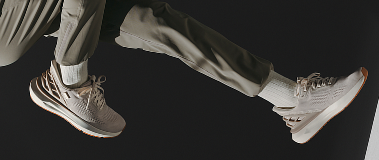


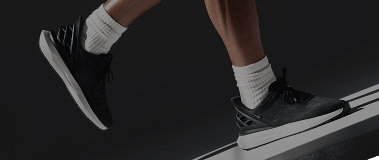
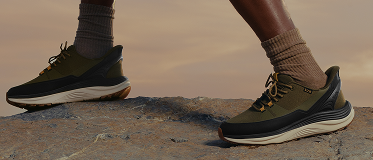
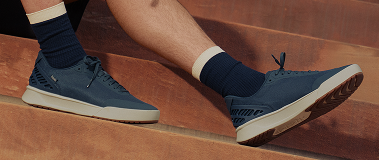
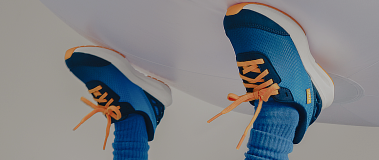
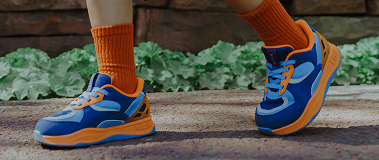
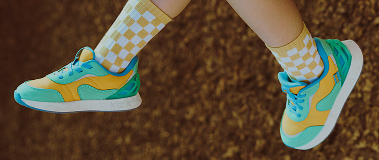

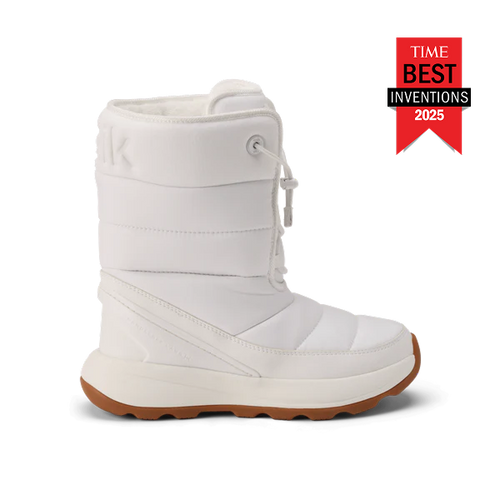


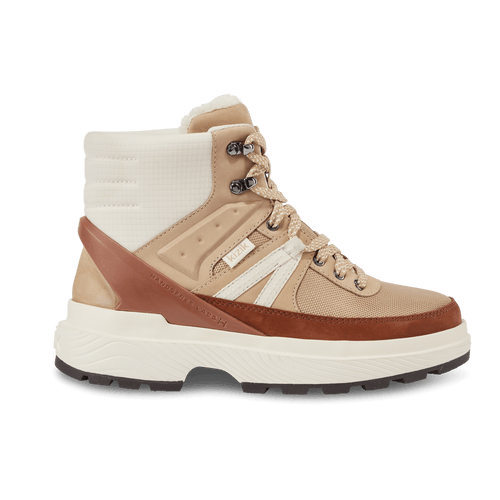
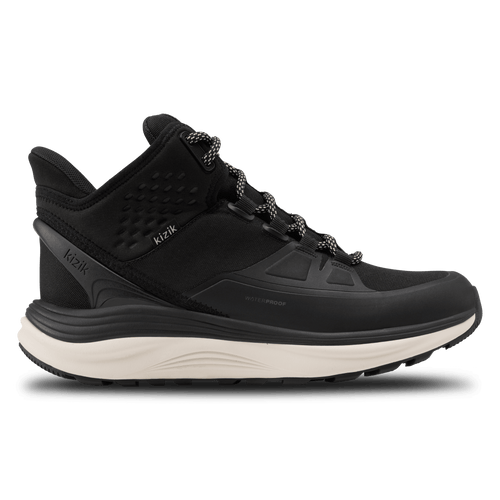








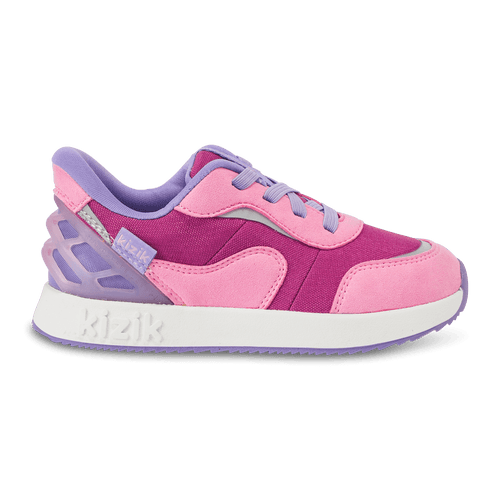




Leave a comment
This site is protected by hCaptcha and the hCaptcha Privacy Policy and Terms of Service apply.